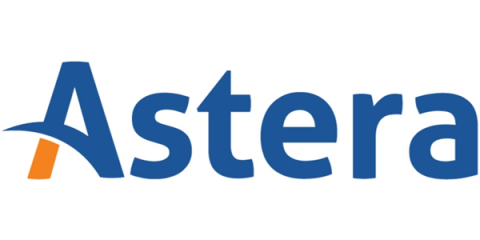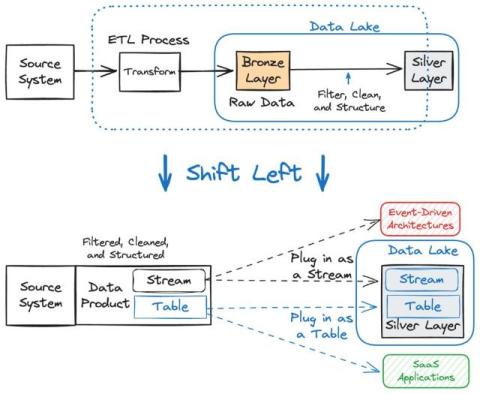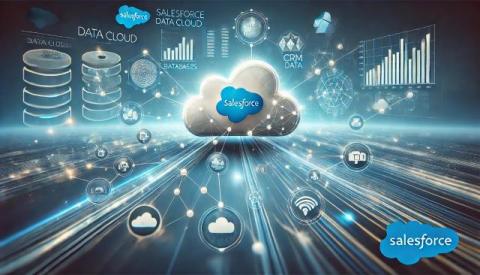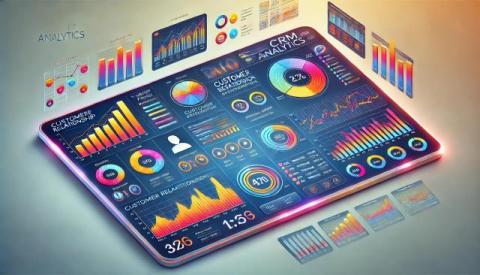The 10 best intelligent document processing (IDP) tools in 2025
What if your document processing system could do more than categorize documents and extract data, no matter the format? That’s exactly what you can do with intelligent document processing (IDP) software. IDP tools adapt to varying structures and formats and understand content to summarize lengthy documents, identify anomalies, and flag errors. The best part? IDP software continuously improves in accuracy the more you use it.










